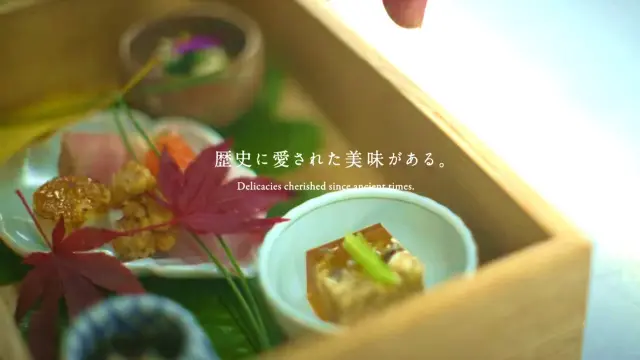
What Is Wabi-Sabi? 5 Kansai Scenery Where You Can Experience This Japanese Aesthetic
Last update
If we were to succinctly express the unique aesthetic consciousness of Japanese culture, it would probably be the concept of 'Wabi-Sabi.' This easily remembered and often hummed phrase is familiar to anyone interested in Japan or Japanese art. Its beauty can be observed in Japanese rock gardens, moss, tea ceremonies and utensils, as well as in historical art and craftsmanship. In its simplicity, one can sense order and respect, and within the old, there is a cleanliness and beauty, evoking images of modesty and tranquility. Here, we introduce five scenes in Kansai that evoke the spirit of 'Wabi-Sabi.'
The Origins of Wabi-Sabi

Wabi-sabi is a uniquely Japanese aesthetic. “Wabi” is the idea that you can find meaning in something modest and simple. Conversely, “Sabi” is the idea that beauty can emerge over time. As time passes in our world, things become dirty and chipped, but rather than viewing this negatively as deterioration, “sabi” sees all of this as a positive. It appreciates various aspects of beauty being interwoven into the object thanks to these changes. In the west, beauty is defined by things such as ostentation, splendor, and symmetry, but wabi-sabi, as represented in Japanese art, favors silence, simplicity, asymmetry, and empty spaces. Wabi-sabi is present in things like Zen, the tea ceremony, paintings, gardens and arts and crafts, making it a vital influence on Japanese culture and values.
How to Use Wabi-Sabi

©The KANSAI Guide
Lake Biwa Sosui
There is a nuanced difference between “wabi” and “sabi”, but in everyday conversation, they are generally used together as “wabi-sabi.” You can hear it in statements such as “The cherry blossoms have more wabi-sabi when they start to scatter than when they are in full bloom,” “I felt the wabi-sabi in the driftwood washed up by the shore and used it for interior decoration,” or “Feel the wabi-sabi in the changing scenery as evening falls and the town slowly turns red.”
For those who want to learn more about Wabi-Sabi, we recommend checking out this column.
Wabi-Sabi Scenery
1. The Garden at Kongobu-ji Temple (Wakayama)

Experience true wabi-sabi by visiting a Japanese rock garden. These features use no water and instead arrange rocks and gravel to represent natural scenery. The largest traditional dry landscape garden in Japan is Kongobu-ji’s Banryu-tei (Coiled Dragons Garden) at Mount Koya. As its name suggests, this spacious 2,340 sq.m rock garden features a pair of granite rocks opposite each other symbolizing two dragons. Between them, white river gravel is used to represent a rolling sea of clouds. The effect creates a feeling of intensity amidst the calm of the famous garden.

【Facility Name】 Koyasan Shingon Sect Main Temple Kongobu-ji
【Opening Hours】 8:30 am - 5:00 pm (reception open until 4:30 pm)
【Days Closed】 Open every day
【Price】 Adults: 500 JPY, Elementary School Students: 200 JPY, Preschool-age Children: Free
【URL】
Official Homepage
KANSAI Tourism Bureau Homepage
【Address】 132 Koyasan, Koya-cho, Ito-gun, Wakayama
【Google Map URL】 GoogleMap
2. The Garden at Ryoan-ji Temple (Kyoto)

Ask a Japanese person about dry landscape gardens and the first name that will spring to their mind is the abbot residence’s gardens at Ryoan-ji Temple, Kyoto. Commonly known as the “stone garden,” it features white gravel spread between 15 rocks of different sizes representing islands floating on ocean waves. The rocks are placed on top of the gravel in such a way that no matter where you stand, you will only be able to see 14 of them. Try and count them!

【Facility Name】 Ryoan-ji Temple
【Opening Hours】 8:00 am - 5:00 pm (8:30 am - 4:30 pm from December to February)
【Days Closed】 Open every day
【Price】 Adults: 500 JPY, Elementary and Junior High School Students: 300 JPY
【URL】
Official Homepage
KANSAI Tourism Bureau Homepage
【Address】 13 Ryoanji Goryonoshita-cho, Ukyo-ku, Kyoto-shi, Kyoto
【Google Map URL】 GoogleMap
3. The Moss at Saiho-ji Temple (Kyoto)

Velvet-like moss growing on the ground and rocks at Japanese gardens and bonsai bring out the true beauty of nature. You can enjoy the very best of this kind of aesthetic at the ancient Saiho-ji Temple in Kyoto, affectionately known as the moss temple. The temple’s peaceful garden is completely covered in green moss and together with the elegant Japanese architecture has an atmosphere of pure wabi that resembles something out of an ink wash painting. You need to make a reservation to enter the temple grounds by sending in a return postcard.

【Facility Name】 Saiho-ji Temple
【Opening Hours】 Gates open once a day. Reservation only. Times change depending on the season.
【Days Closed】 Irregular
【Price】 Adults: from 3,000 JPY
【URL】 Official Homepage (Japanese only)
【Address】 56 Matsuojingatani-cho, Nishikyo-ku, Kyoto-shi, Kyoto
【Google Map URL】 GoogleMap
5. The Autumn Foliage at Kogen-ji Temple (Hyogo)

In the depths of fall, the leaves of broadleaf trees turning red and yellow have been a source of wabi-sabi for Japanese people since ancient times. If you want to experience this, Kogen-ji Temple in Hyogo Prefecture is the place to visit. Trees around the temple’s two-story pagoda appear to burn in vivid shades of red and yellow, creating a scenery that will take your breath away. Also, if you want to try "shojin ryori", the traditional food of the Buddhist monks, you can book it up to 3 - 4 days before your visit.

【Facility Name】 Kogen-ji Temple
【Opening Hours】 8:00 am - 4:30 pm (gates close 5:00 pm, open at 8:30 am from October to March)
【Days Closed】 Open every day
【Price】 Adults: 300 JPY, Elementary and Junior High School Students: 100 JPY
【URL】 Official Homepage (Japanese only)
【Address】 514 Hinokura, Aogaki-cho, Tamba-shi, Hyogo
【Google Map URL】 GoogleMap
The five areas introduced in this article are just a taste of the wabi-sabi aesthetic, which you can find in all aspects of Japanese culture. On your next trip to the country, open up your senses and look for beautiful scenery and objects that can only be found in Japan.
Check also...

Restrictions on Large Baggage
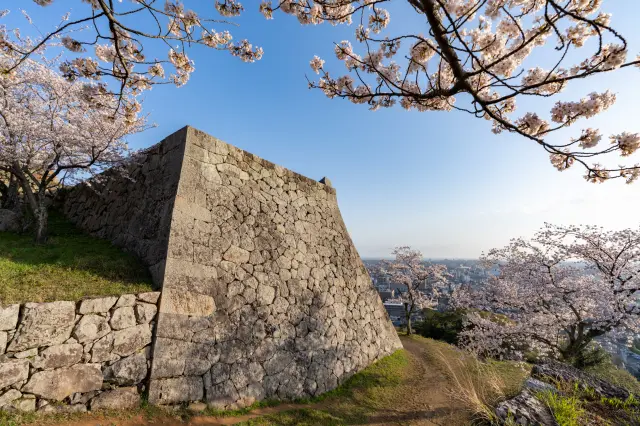
Hidden Stories in Stone: Exploring Japan’s Castle Walls
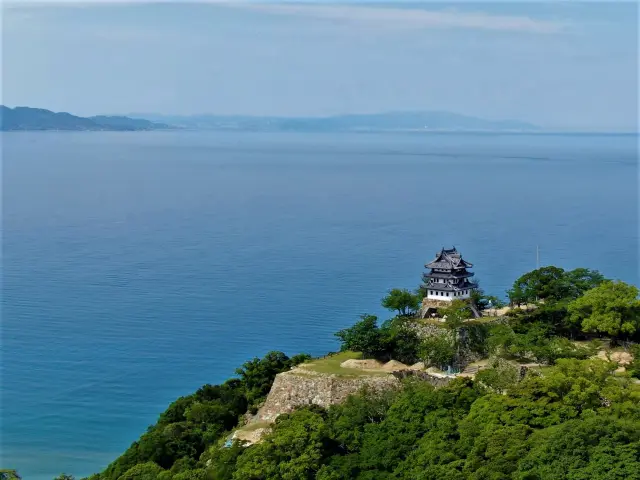
Feel Like a Lord: Castle with Stunning Panorama Views
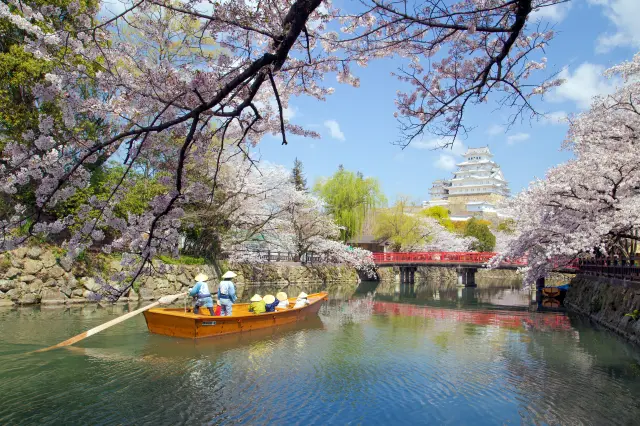
Experience the True Essence of Japan through Castles, Cultural Treasures, and Timeless Gardens
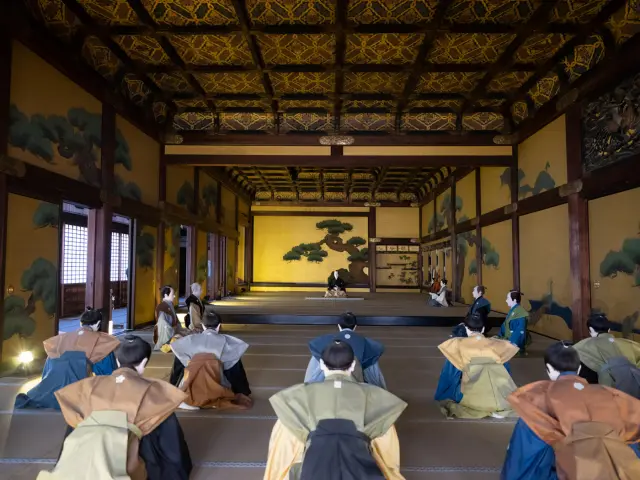
Castles of Tokugawa Ieyasu
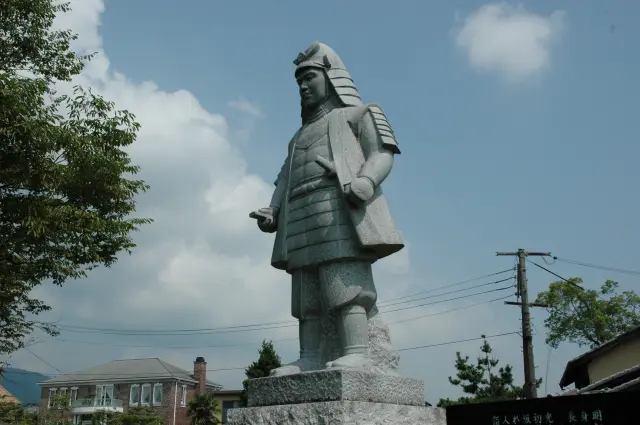
Castles of Akechi Mitsuhide
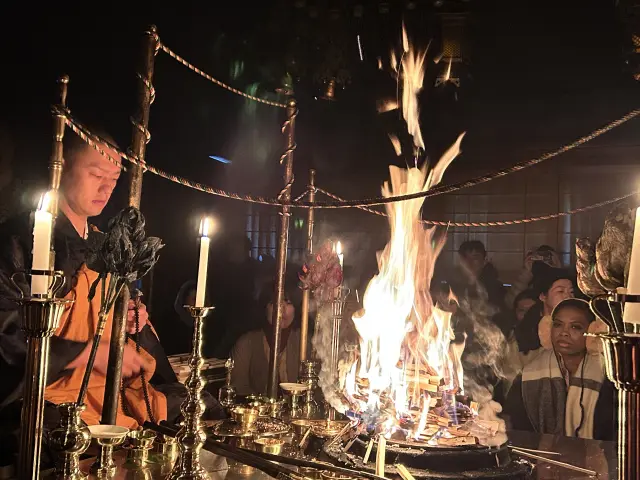
Departing from Osaka, Exploring Wakayama and Tokushima: A Journey Connecting Mountains and Sea with a Focus on Mindful Sustainability
